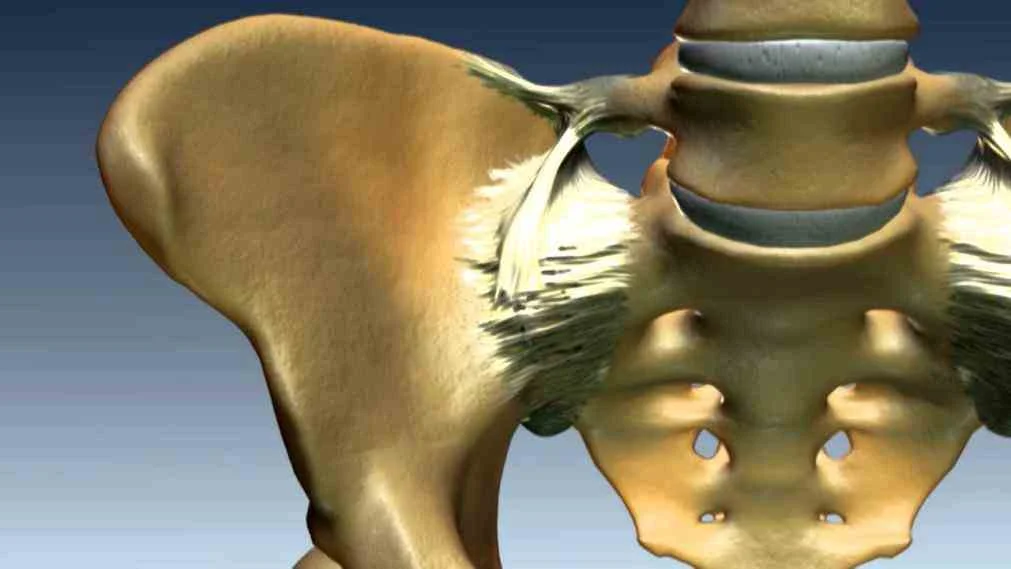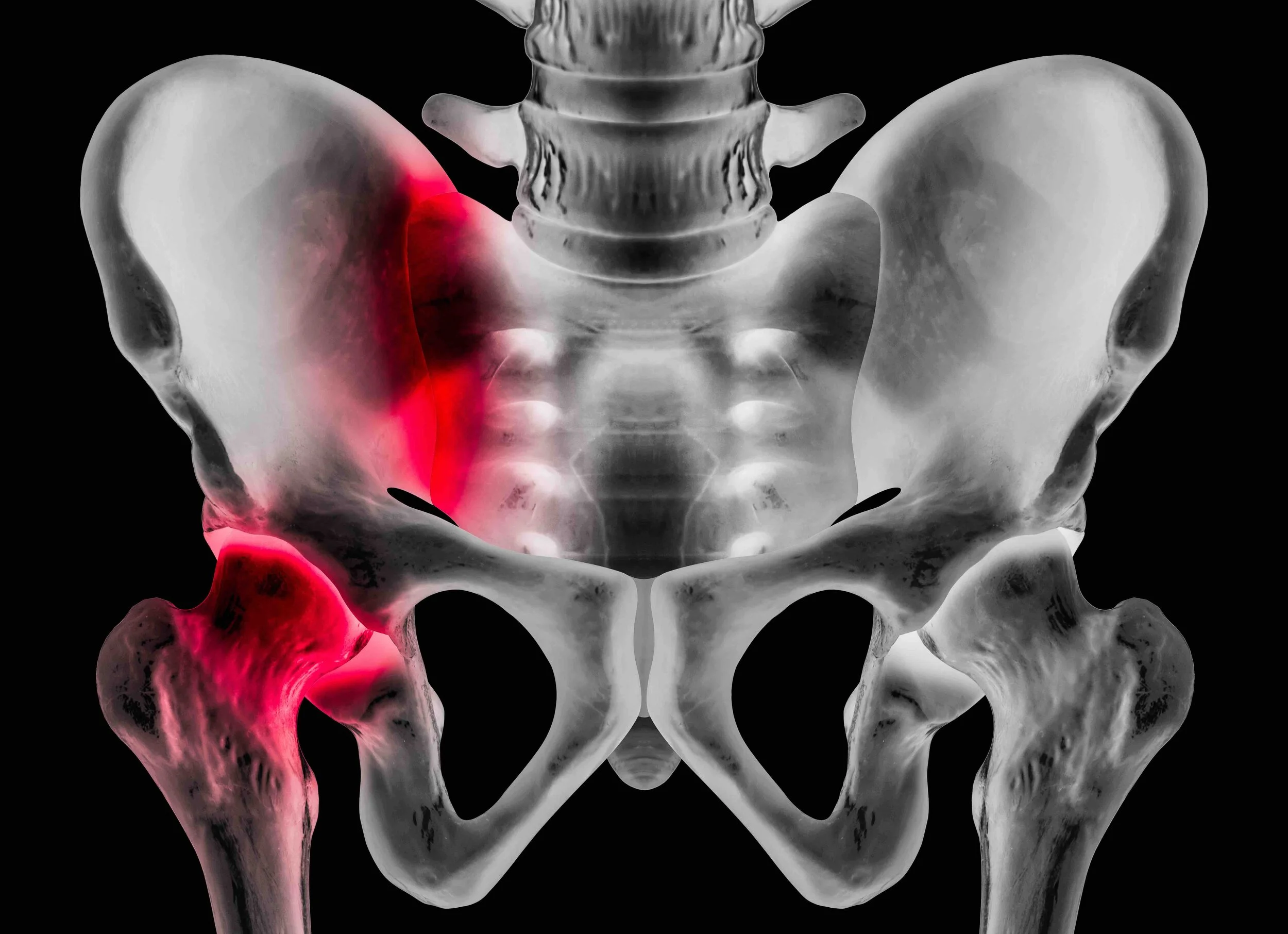What is the Sacroiliac Joint?
The sacroiliac (SI) joint is a critical part of the pelvis and is one of the most common causes of pelvic pain. It is located where the sacrum (the triangular bone at the base of the spine) connects with the iliac bones of the pelvis. There are two SI joints, one on each side of the sacrum. The SI joint plays a vital role in stabilizing the pelvis and supporting the weight of the upper body. It allows for minimal movement, essential for shock absorption and balance during walking and standing. Dysfunction or inflammation of the SI joint is one of the most prevalent causes of pelvic pain. This condition can lead to significant discomfort in the lower back and pelvis.
Symptoms Sacroiliac Pain
You may have sacroiliac joint dysfunction if you experience the following symptoms:
- Localized Pain: Persistent pain in the lower back, buttocks, or pelvic region. The pain is often felt on one side of the body.
- Pain with Movement: Discomfort that worsens with activities such as standing, climbing stairs, or changing positions, especially after prolonged sitting or standing.
- Radiating Pain: Pain that may radiate down into the legs or groin area, sometimes mimicking sciatica.
- Stiffness: Difficulty in moving or bending, particularly after periods of rest or inactivity.
- Tenderness: Sensitivity or tenderness over the SI joint area.
Causes of Sacroiliac Pain
- Sacroiliac Joint Dysfunction: Abnormal movement or stress, often due to pregnancy, injury, or changes in gait.
- Arthritis: Conditions such as osteoarthritis or rheumatoid arthritis affecting the SI joint.
- Trauma: Injuries from falls or accidents impacting the SI joint.
- Pregnancy: Hormonal changes and increased weight leading to added stress on the SI joint.
- Infection or Inflammation: Rare cases of infection or inflammatory diseases affecting the SI joint.


What is a Sacroiliac Joint Injection?
A sacroiliac joint injection is a procedure used to diagnose and treat pain in the SI joint. It involves the injection of medication directly into the joint space to reduce inflammation and provide pain relief.
Types of Sacroiliac Joint Injections:
- Local Anesthetic Injections: A combination of a local anesthetic is injected into the SI joint to provide temporary pain relief. This helps determine if the SI joint is the source of pain.
- Steroid Injections: Corticosteroids are added to the local anesthetic to reduce inflammation and provide longer-lasting pain relief. This type of injection is beneficial for treating inflammation and is often used in conjunction with local anesthetic injections.
- Radiofrequency Ablation (RFA): This technique involves using heat generated by radio waves to destroy nerve tissues that transmit pain signals from the SI joint. RFA is typically used for more chronic pain and can provide extended relief by targeting the specific nerves responsible for the pain.
- Regenerative Medicine offers a promising approach to treating sacroiliac joint pain. One of the key techniques is Platelet-Rich Plasma (PRP) Therapy, which involves injecting a concentration of your own platelets into the SI joint. PRP leverages your body’s own healing mechanisms to reduce inflammation and promote tissue repair. Many patients experience significant and lasting pain relief and improved joint function with PRP therapy. We have had great success with the line of therapy at our pain clinic.
